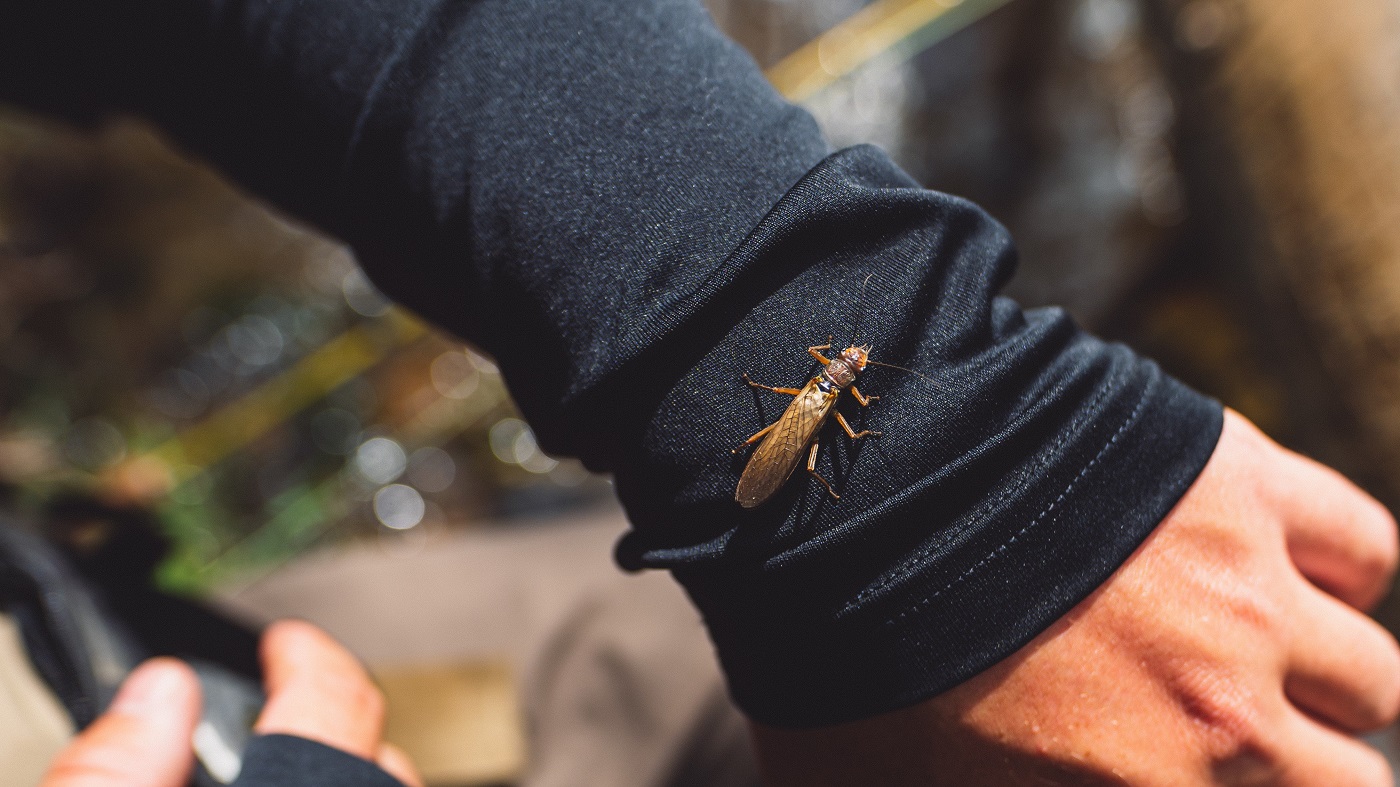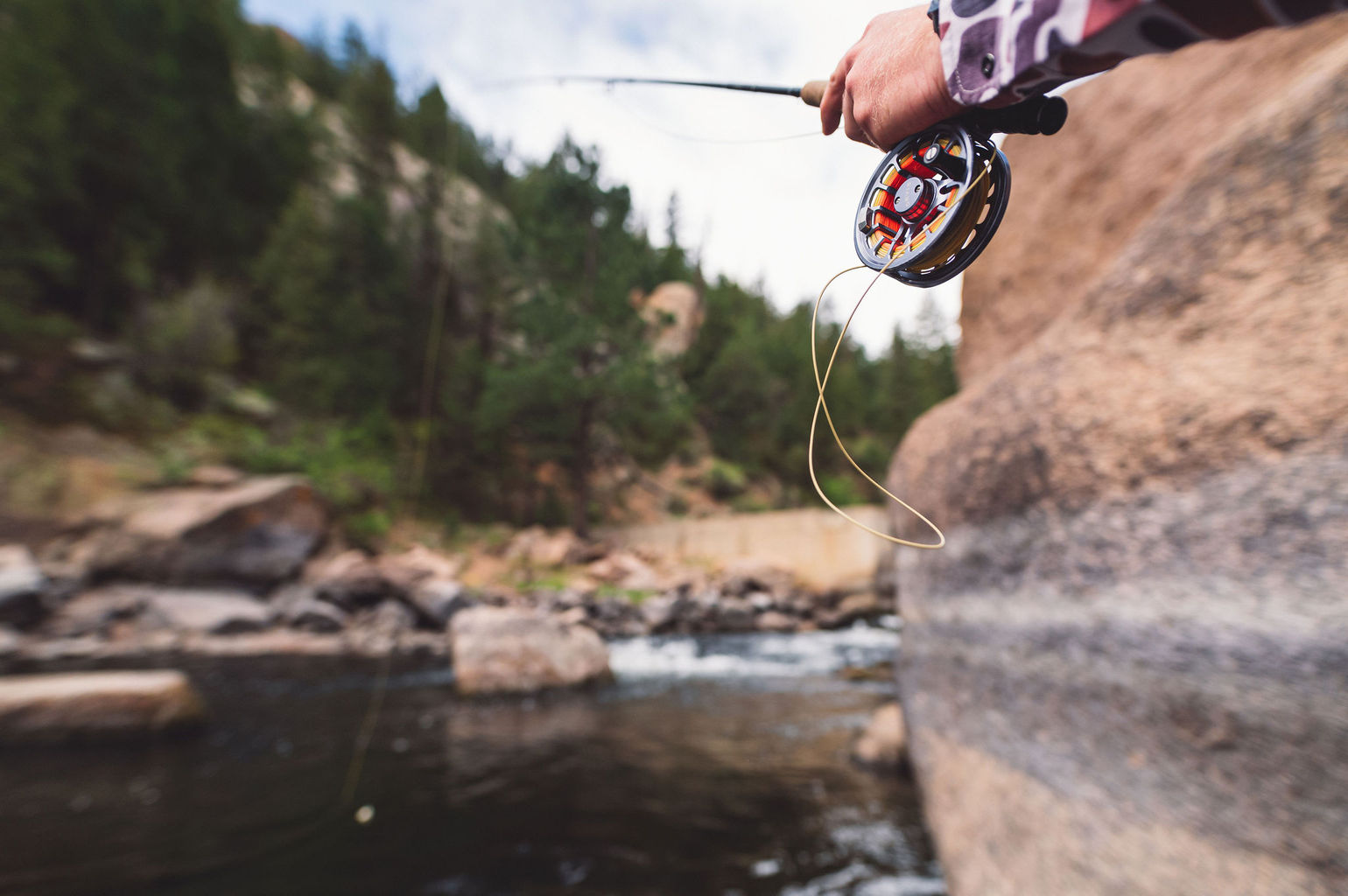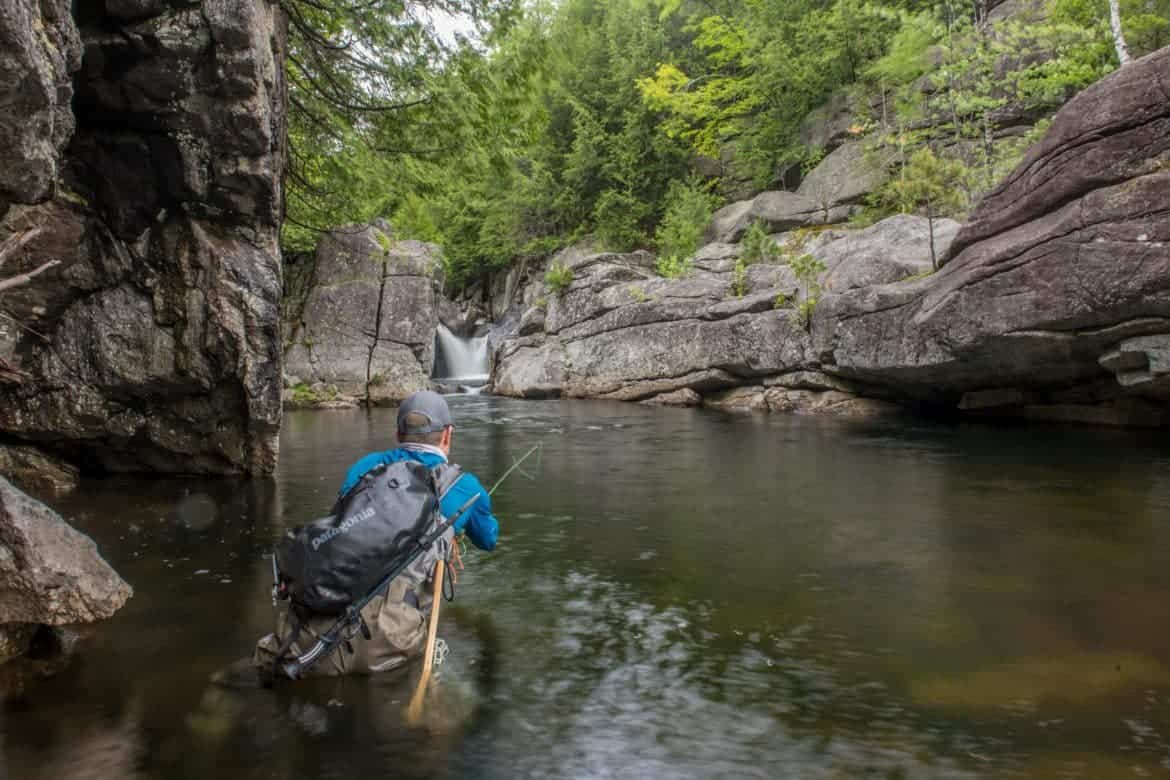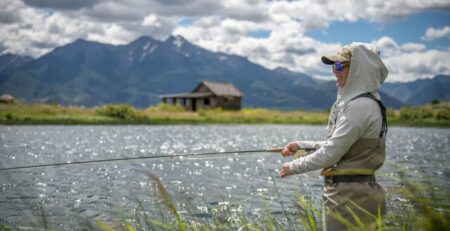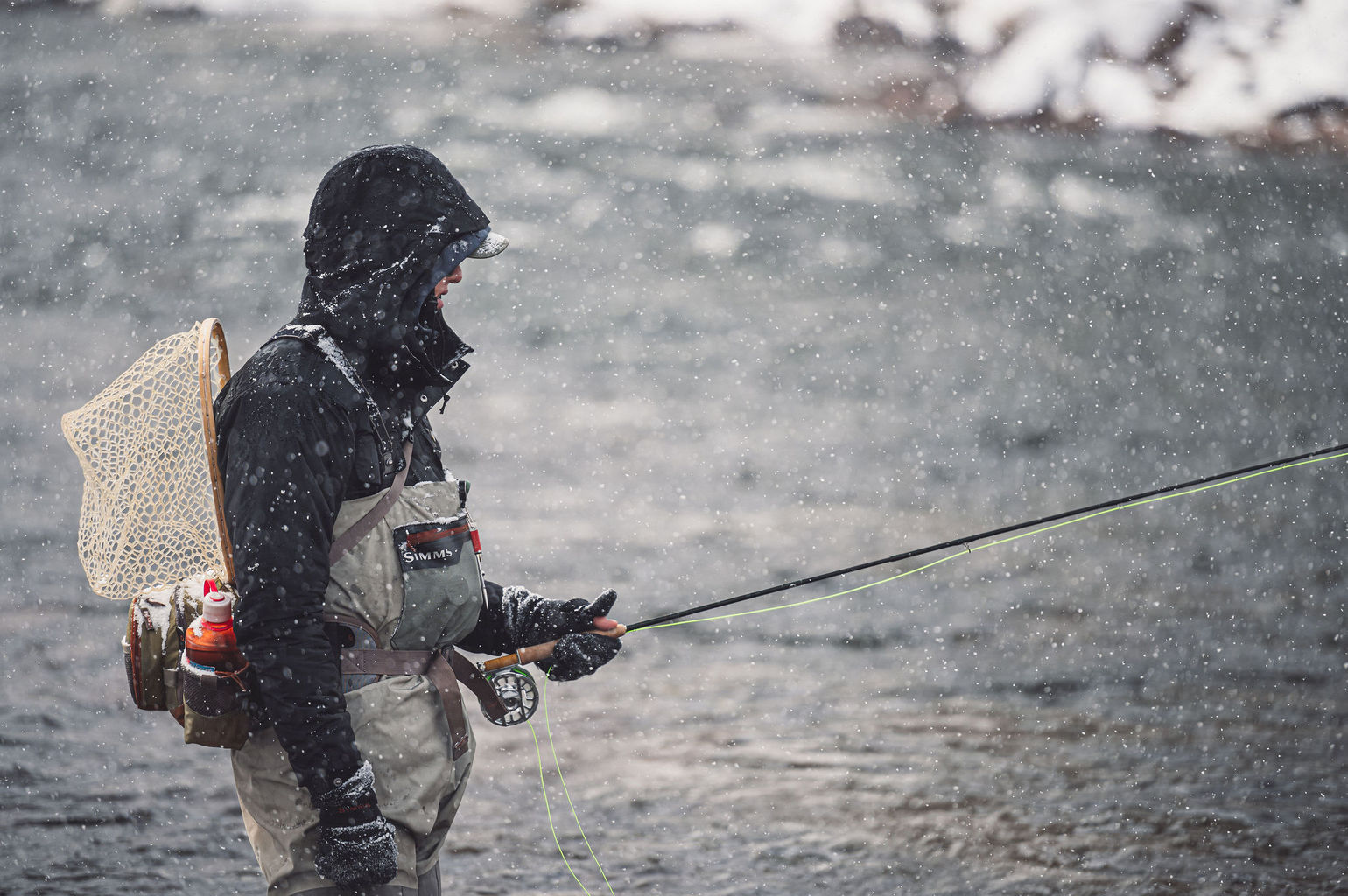How Do You Match Flies to the Hatch?
What does a hatch mean in fly fishing?
When a “hatch” is happening it means that aquatic insects found in the stream, river, lake, or pond are emerging from the water in great abundance. Usually, you’ll find insects drifting on or taking flight from the water’s surface. Take a look in the tall grasses, bushes, rocks, and trees streamside to get an idea of what may be emerging. You may find nymphal shucks scatter along the rocks or drifting within the surface film.
How Do You Know What Flies Are Hatching?
If you can see trout feeding you will be able to get a reasonable idea of what is hatching just by looking at their rising behavior.
Splashy takes that happen with speed are usually trout rising quickly from a great depth. They rise from whatever deep hiding place they were holding at and swim rapidly up to take it right before it drifts by. In many cases to take caddis pupa swimming to the surface. Caddis pupa are fast swimmers and take flight within the blink of an eye. So trout need to be quick or they’ll miss their meal. But we’ve witnessed these explosive strikes on every insect hatch, not unique to just caddis emerges.

Rings
When you spot trout barely breaking the surface making soft rings, these are very gentle takes. This means that they are feeding actively extremely close to the surface and whatever they are feeding on isn’t moving or going to fly away — usually dead, just hatches, or dying insects. When you spot soft gentle takes leaving little air bubbles in the surface film, you can bet that trout are feeding on mayfly spinners, mayfly duns, and crippled insects. Trout will also rise to midges in this same fashion.
Porpoising
This is the classic rise that you see where the trout’s snout is seen first and then the dorsal fin. A porpoising rise can be seen in any insect hatch and doesn’t really tell you much about what specific insect they are keying in on but where they are within the water column. Porpoising rises mean this trout is close to the surface and has been or will be feeding for some time. It feels comfortable being that high in the water column and is most willing to opportunistically take food drifting by. A great candidate for sending a well-placed dry fly a few feet upstream.
The other way to know exactly what’s hatching is to survey what insects are in the water and the surrounding stream bank.
Carrying a small bug seine in your vest is a handy tool to have when you’re not sure what’s floating around in the water. Fan this out in the water to net up any nymphal shucks and insects drifting by. Survey what you’ve caught and get a good idea of what flies you might start with. In many cases, you’ll find multiple hatches going on at the same time, which is not a problem at all to weed through. Grab a fly pattern imitation of each hatch and tie on multiple flies at once. Let the trout tell you what they’re after. Once you get a strike or a trout follows your fly, double down on that hatch and add another variation.
Fly Fishing Made Easy 👍
Our Quarterly Fly Club ships 1,000’s of flies to anglers all across the United States. Receive curated fly assortments selected for the season with in-depth articles on how to fish them. Great for beginners to learn and for intermediates to discover new flies.

